

William Stopford
Every SUV, ute and van discontinued in Australia in 2025
11 Hours Ago

Senior Contributor
Mazda will launch its first electric vehicle (EV) into the Australian market during 2021. And just for some throwback charm, it’ll offer rear-opening back doors like the RX-8 sports coupe of yore.
The Mazda MX-30 has been a long time coming, actually. It was revealed globally back in October 2018, at the last Tokyo motor show, and has been a firm ‘maybe’ for Australia ever since, given the priority markets were Japan and Europe.
The company has confirmed a two-pronged attack for 2021, with the EV to be sold alongside a petrol-fired ‘mild hybrid’ model. The latter is expected to arrive a few months ahead of the former, with both on track to be here by mid-2021.
MORE: 2021 Mazda MX-30 review
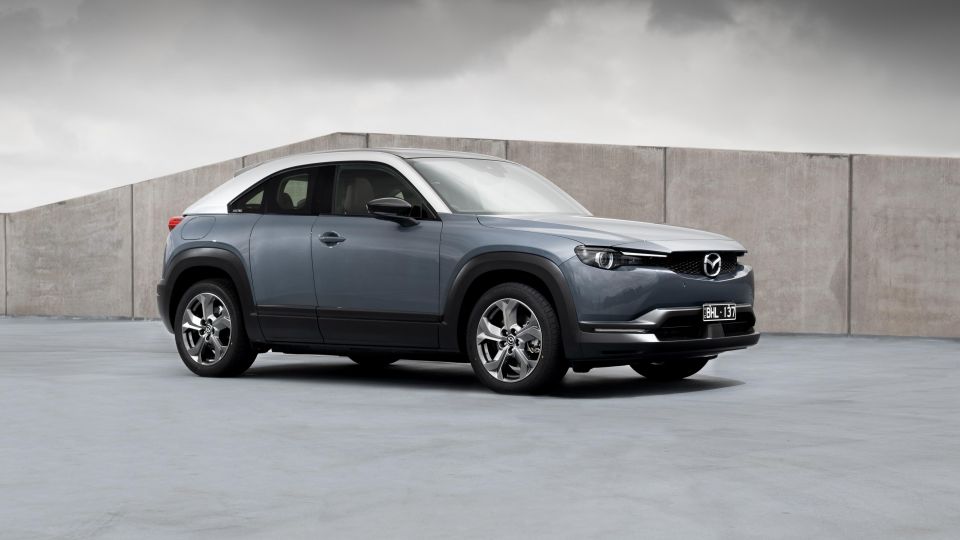
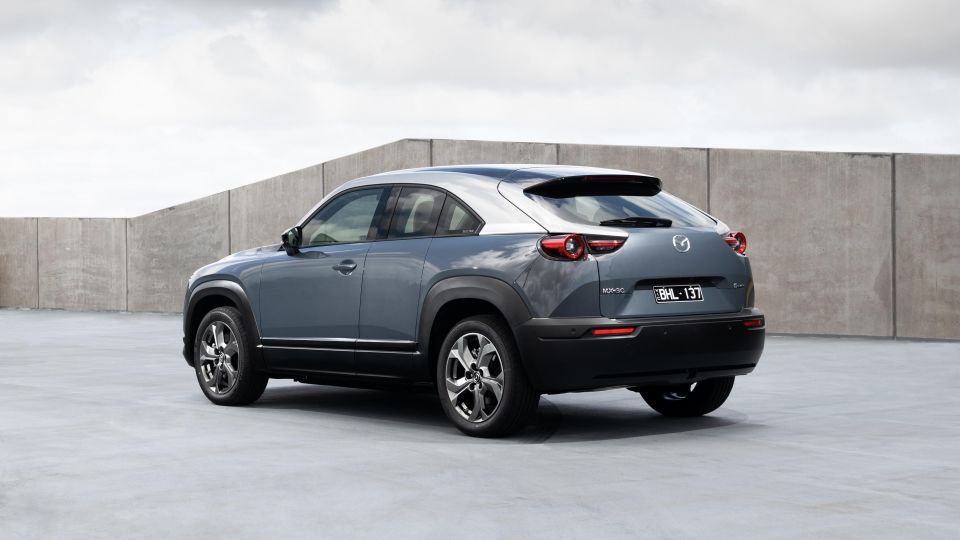
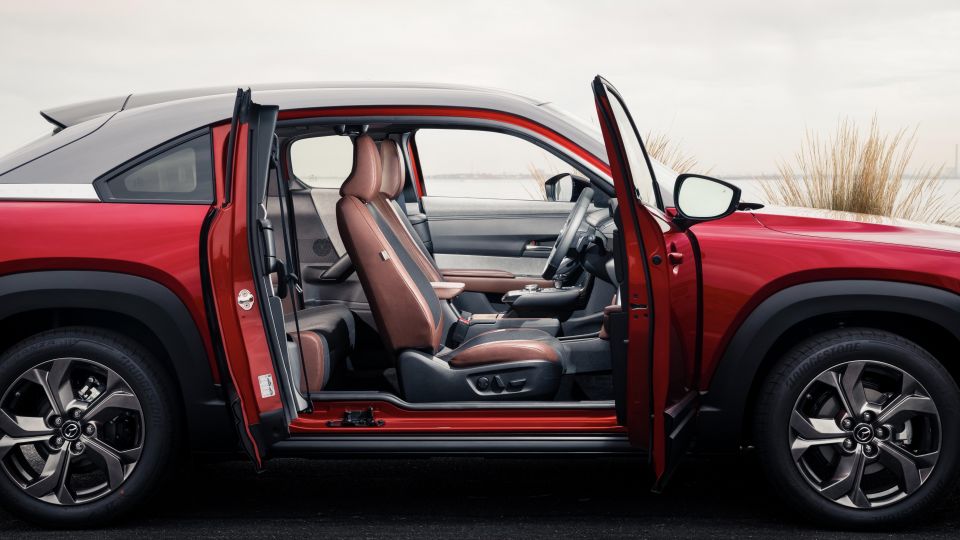
You can then bank on a rotary range-extender arriving a year or two later, once the development kinks are ironed out.
The MX-30 will complement the existing Mazda CX-30 crossover and premium-priced Mazda 3 SkyActiv-X in the company’s compact range, while also giving it a competitor to the Mini Electric, Hyundai Ioniq, Nissan Leaf and co. There’s a hint of BMW i3 here, too…
Unfortunately we don’t have any confirmation of pricing as yet. The Leaf is currently priced at $53,190 drive-away and the Mini Electric $59,900 drive-away, to give some context. Naturally the petrol version will be cheaper than the EV.
The MX-30 EV uses a smallish 35.5kWh-capacity battery in the floor, to power a 107kW and 271Nm electric motor. It can be charged via AC wall box or 50kW DC fast charger.
Mazda cites a 224km driving range on the older NEDC test cycle, equal to approximately 200km between charges measured against thew newer European WLTP cycle.
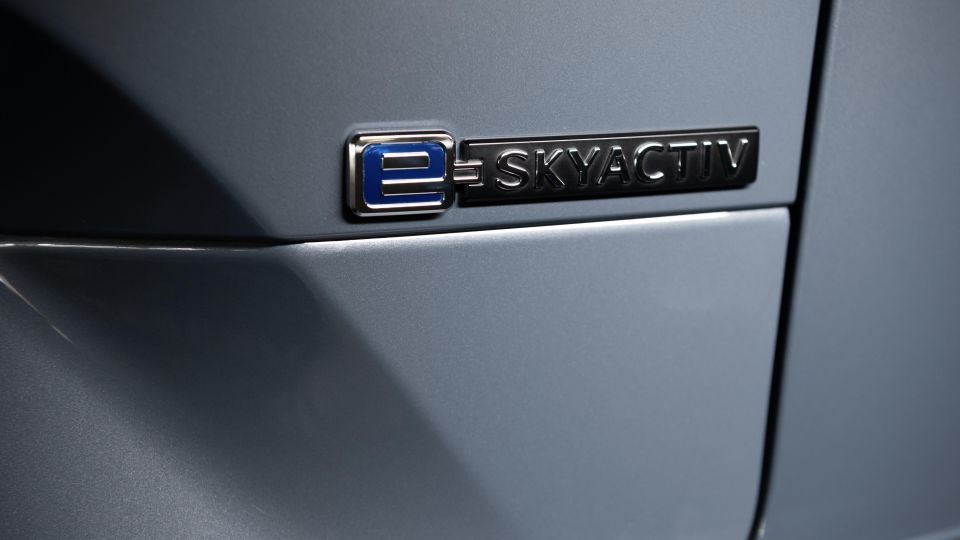


For those of us questioning the range, Mazda says the following in response:
“Sizing for the high-voltage battery was carefully considered to fit the inner-urban lifestyle of the target market, while minimising CO2 emissions throughout its life cycle, from resource extraction through to battery disposal.
“Using the average Australian daily commute of 32km ‘round-trip’, the MX-30’s range ensures fuss-free, silent driving over the course of a five-day working week – without the need to charge.”
The other drivetrain – which Mazda expects to be the more popular from launch given Australian tastes at present – pairs the familiar 114kW and 200Nm 2.0-litre ‘SkyActiv-G’ aspirated petrol engine with a six-speed automatic and a self-described mild hybrid system.
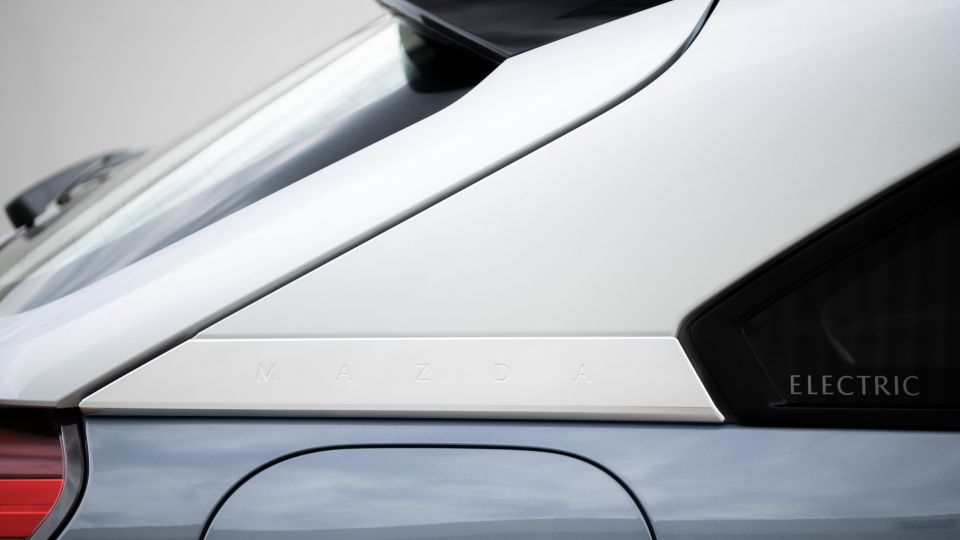
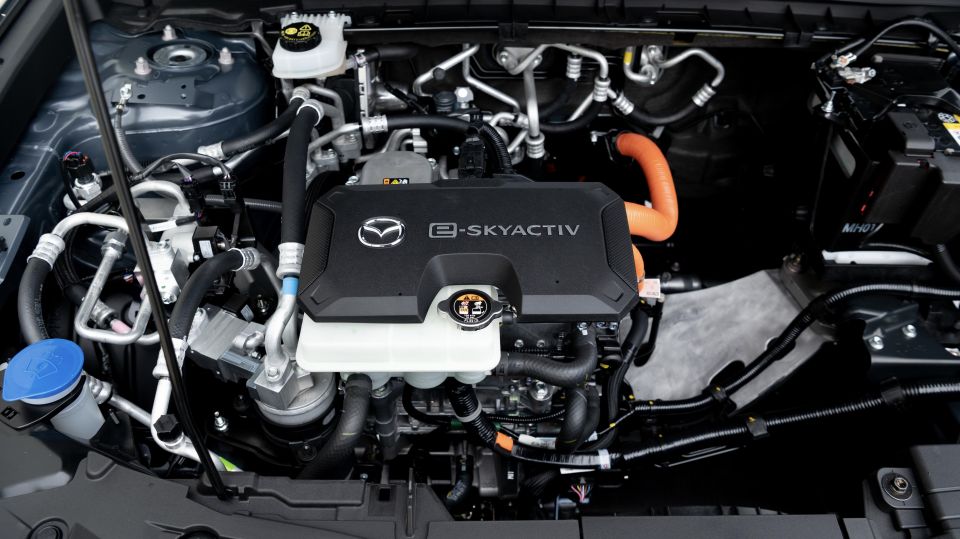
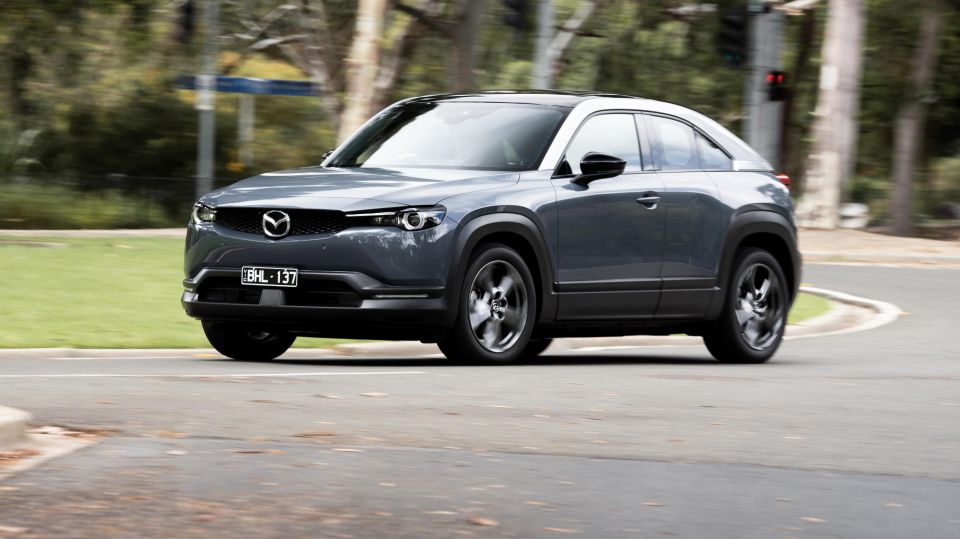
The system’s motor handles brake-energy recuperation, which is put back into the small capacity battery. The system can theoretically activate start-top while the car is still rolling to a halt, and contribute small bursts of energy off the mark.
While Mazda calls this a mild hybrid, the claimed fuel economy of 6.4L/100km is nowhere near as low as a Toyota hybrid system, which has more battery power. For context, a similarly sized Toyota C-HR Koba Hybrid uses just 4.3L/100km.
In terms of handling, the MX-30 is based on the company’s existing architecture rather than a bespoke EV ‘skateboard’.
One new feature is an expanded G-Vectoring system called e-GVC Plus that quickly alters the EV motor’s front axle torque split.
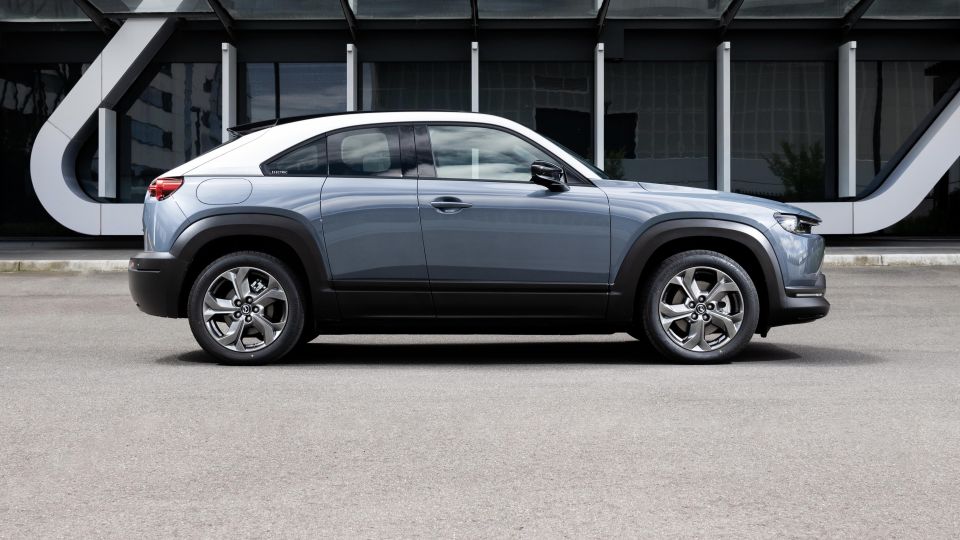

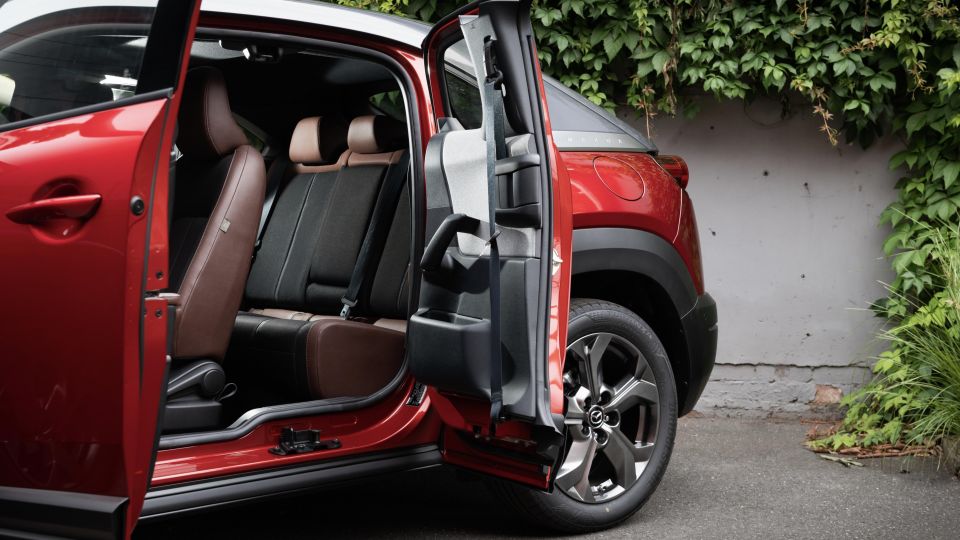
Mazda says its designers focused on “young, metro and forward-thinking” who are “continuously connected, and adore modern design”. That’s the buzzwordy stuff out of the way.
The 4.4-metre long crossover has sleek headlights and a narrow grille, while the silhouette is reminiscent of a high-riding fastback. The rear doors open from inside, reducing clutter. The rear combination lamps have round ends.
Paint hues including Soul red Crystal and Polymetal grey as pictured come with the options of a blacked-out roof section or metallic upper bodies, the latter of which you see here. You can also get Ceramic metallic, Jet Black and Arctic White.

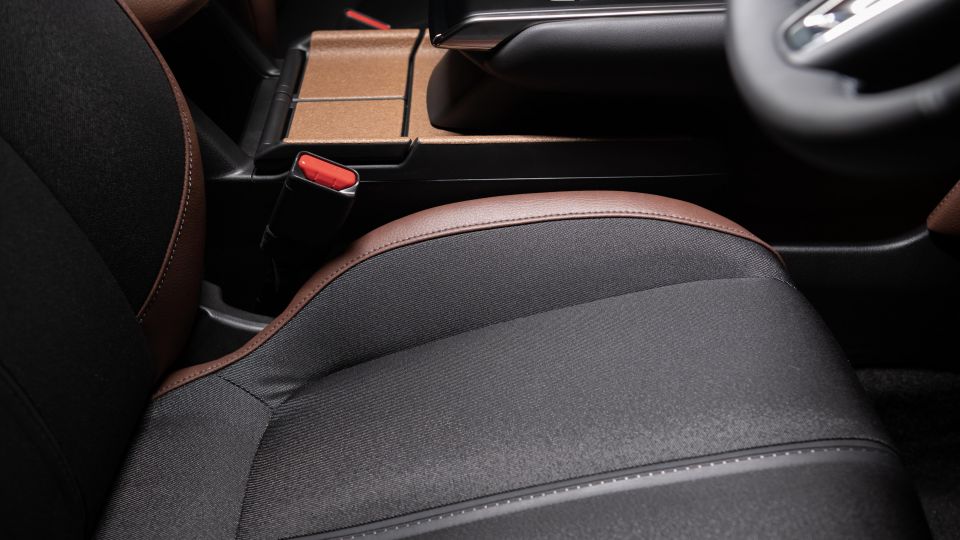
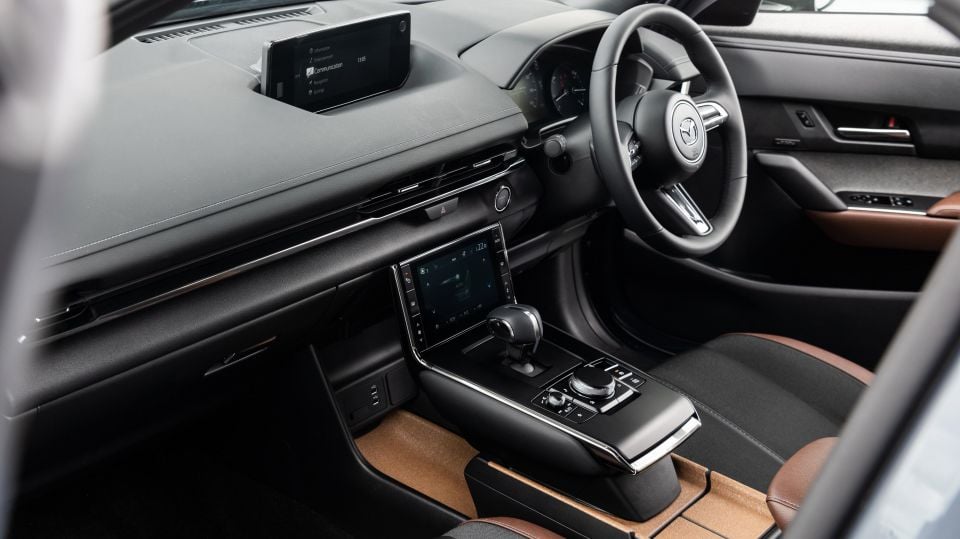
The interior uses the familiar Mazda thin-rimmed wheel and dashtop landscape-oriented infotainment screen controlled by rotary dial. But that floating section housing the gear shifter is novel, as is the touchpad to control the ventilation.
Reminiscent of the BMW i3, Mazda has bolstered the MX-30’s green credentials through the use of eco materials such as sustainably-harvested cork (Mazda was founded in 1920 as the Toyota Cork Kogyo company), door trims made from recycled PET bottles, and leatherette seats manufactured using water rather than solvents.
It also comes with the full suite of active safety features including autonomous emergency braking that works when you’re turning across oncoming traffic lanes, active lane assist and blind-spot monitoring, and 10 airbags.
The rear freestyle doors mean the centre pillar goes bye-bye, giving rear seat passengers a “couch like” space. That said, the sloping roof can’t be great for headroom.

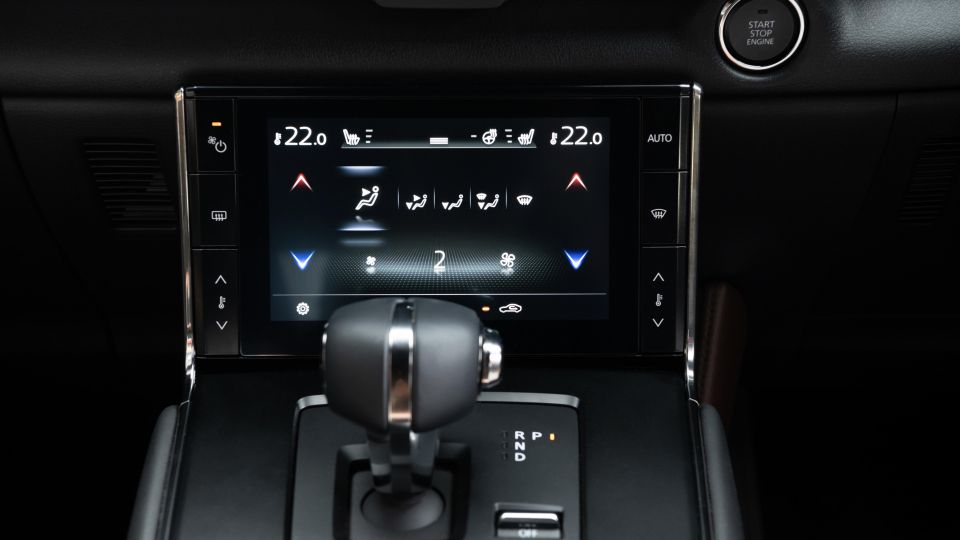
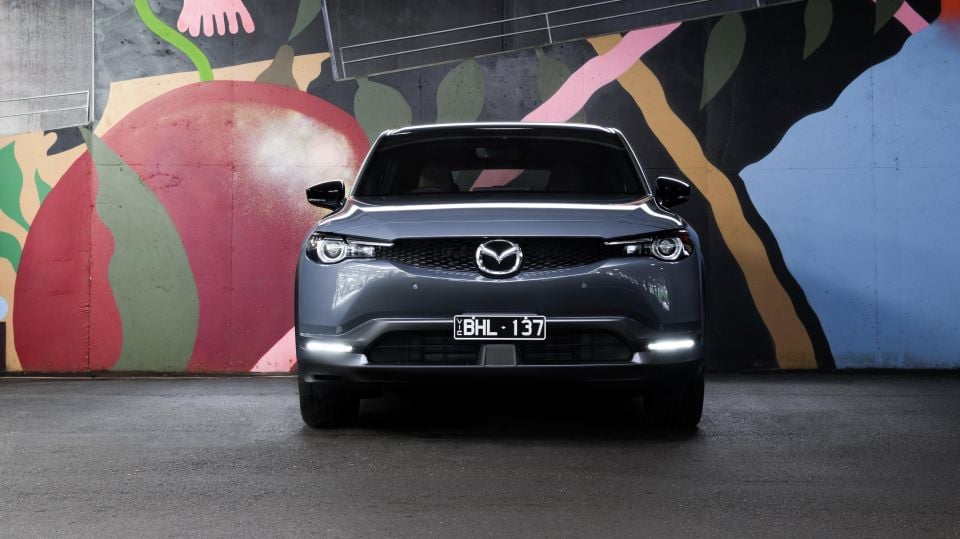
“MX-30 is the bold next step of Mazda’s Sustainable Zoom-Zoom 2030 strategy,” said Mazda Australia managing director, Vinesh Bhindi.
“Combining modern design and sustainable, tactile interior materials, the MX-30 has been created to stimulate the senses and connect with the driver and its occupants.
“While furthering our ‘well to wheel’ emissions reduction strategy, the MX-30 remains a Mazda at heart: it is poised, agile and fun to drive with exceptional handling.
“We are looking forward to seeing MX-30 in Mazda dealerships next year.”
Where expert car reviews meet expert car buying – CarExpert gives you trusted advice, personalised service and real savings on your next new car.


William Stopford
11 Hours Ago


Ben Zachariah
12 Hours Ago


Derek Fung
13 Hours Ago


Matt Campbell
19 Hours Ago


William Stopford
1 Day Ago


Josh Nevett
2 Days Ago